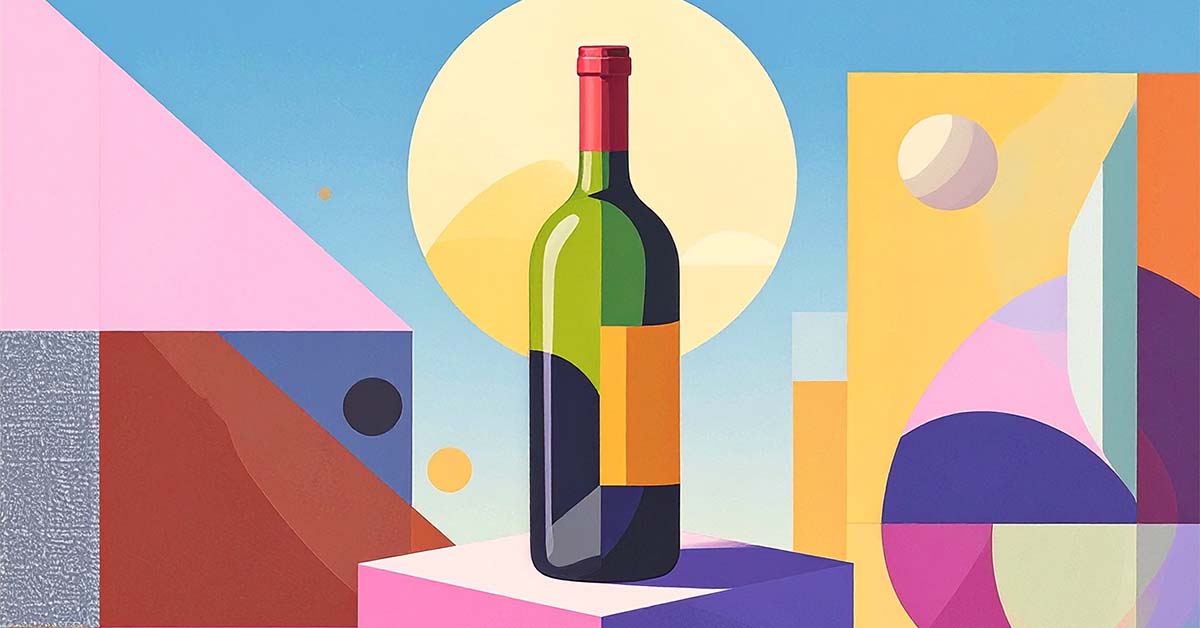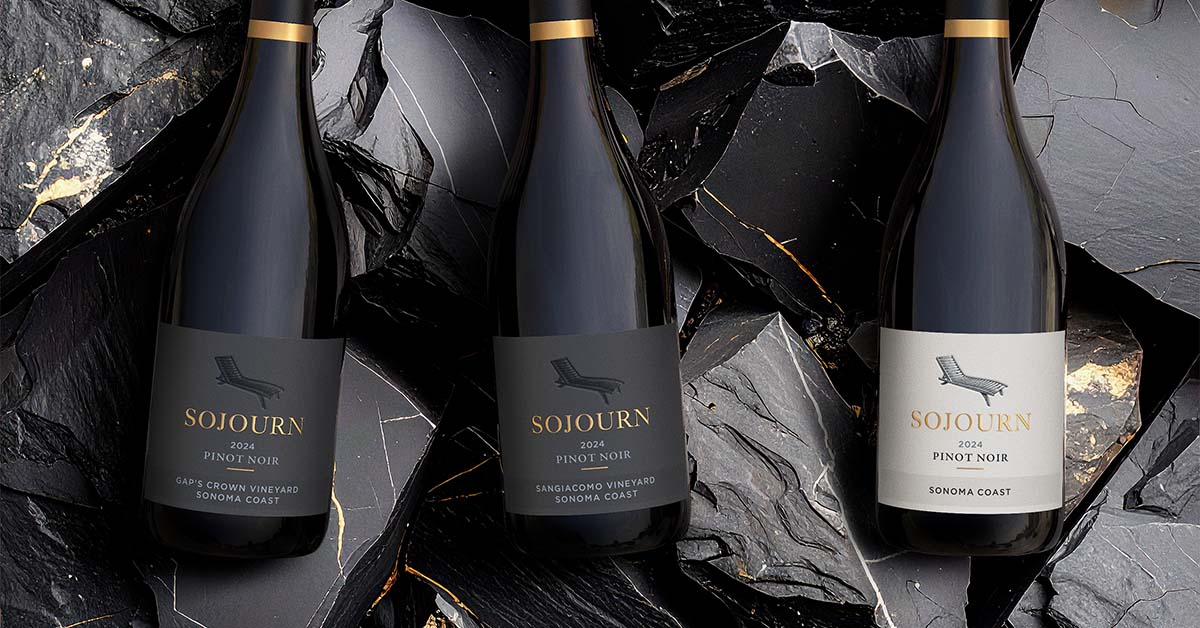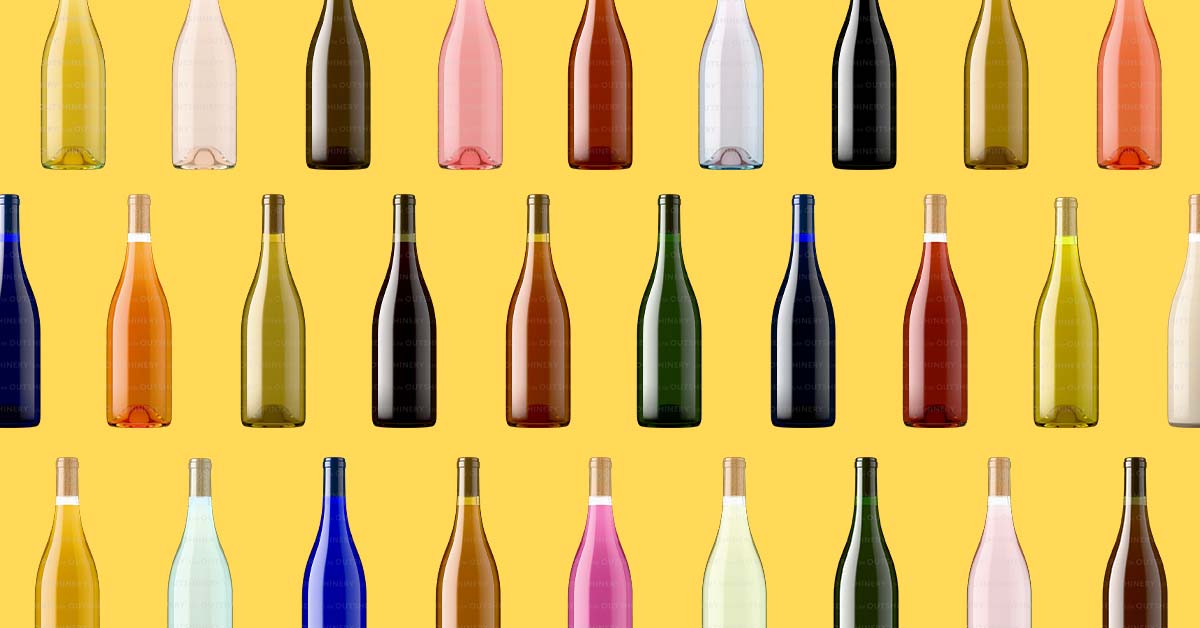Why is it so difficult to sell wine online
Maximize your wine sales in a virtual world: a guide to achieving success with online sales!

As the wine market continues to grow, more and more wineries are turning to online marketplaces and channels for distribution. While this may be a great way for wineries to reach new customers and make their products accessible in ways never before possible, it is not without its challenges.
Selling wine online comes with unique difficulties that must be understood in order to be successful. In this article, we'll dive into why selling wine online can be so difficult, covering everything from legal restrictions to cut-throat competition. With the right education and planning, however, any winery will have the tools they need to tap into this potentially lucrative solution and take its business's growth one step further.
Selling your wine online's, the highlights:
- Create a seamless online experience for customers, not unlike what you would want them to feel in your winery's tasting room. Use visually appealing content, and enable easy access to purchase wine. Capture contact information to continue providing excellent customer experiences.
- Maximize webshop sales on your own website by delivering up-to-date information about your wines. Ensure each offering has the latest images, tasting notes, scores, and reviews to build confidence and instill trust in potential buyers.
- Use lifestyle imagery to help customers understand how your wine fits into their lives and showcase your brand's values and story that will elevate their entire experience. Be the eyes, ears, and taste buds of your audience!
- Partner with industry experts like Troly, Wine Owners, and Outshinery, who can help your business grow. Research their services, seek recommendations, and get the professional guidance needed to take your brand to the next level.
- Take charge of your online sales strategy. Put an end to pain points and unlock sales success by using the right technology and delivering the best possible customer experience.
It is possible to sell your wine online to people that have never tasted your product. In fact, 2020 taught us something: the world is ready for more opportunities to purchase wine online. Looking back to late March and early April, when lockdowns peaked in North America and Europe, the stats confirm this. The alcohol industry saw triple digit growth instantly—sales the week of April 4th were nearly 450x higher than that same week the year prior.
The number peak value of wine online purchases made during the "boom" is impressive, but it's important to note that this encompasses rare wines and a broad range of alcohol categories. Additionally, it is difficult to determine how many of these purchases were from new wineries or well-established brands. It's important to avoid assuming that all online wine marketplaces and businesses have benefited equally from this trend. Many producers, wine businesses, and industry suppliers around the world still struggle with online optimization.
It's hard to believe, but many wine businesses are still lagging behind in online wine sales as we move into 2023. In today's digital age, wineries need to be aware of the importance of online optimization to get ahead and stay competitive in the market. With the rise of various ecommerce platforms, wine forums, and online marketplaces for wine sellers, it's more important than ever for producers and industry suppliers to have a strong online presence and be able to effectively market their products to consumers. Failing to do so could result in being left behind as cutting-edge wine businesses continue to thrive and generate sales online in this ever-evolving landscape.
Sustainable solutions for selling wine online
Wine producers and wine retailers that have been tentative toward going all in for DtC wine ecommerce platform aren't necessarily “missing out.” In fact, riding the shipping wine wave that is tied to a global pandemic is not a long-term plan. Wineries can now access dependable and eco-friendly solutions alongside a host of ecommerce software platforms and other valuable tools. Take advantage of the industry's momentum and implement these resources to see optimal results.

What can a wine business do to make a name for itself in a crowded marketplace?
It can be a challenge to enter into the vast world of ecommerce for any wine business—how do you stand out? How do you differentiate your wine club from the thousands of existing offerings?
According to Sebastien Tremblay, chief executive officer and founder at Troly, a provider of software solutions for the wine industry, thinking like a customer can be insightful in this entire process: “It's essential for small wine shop and producers who only sell wine online legally, to recognize that the value of their product exceeds merely the contents of the bottle.”
How can wineries boost online sales beyond the traditional tasting room experience?
Wineries and wine businesses have long depended on customer experience to drive sales–the great memories and personalized service in the tasting rooms. However, in the age of online shopping, where traditional wine stores and winery visits are now becoming a thing of the past, bringing that customer experience to the virtual world is crucial. By offering users an elegant, thoughtful, and engaging online wine store experience, wine businesses would be able to recreate the feeling of being right there in the tasting room. With user-friendly websites and accessible e-commerce, businesses can create loyal customers by giving them a chance to experience their products, no matter where they are in the world.
By combining a wine brand narrative with a seamless online wine shopping, shipping and follow-up experience, wineries and wine businesses can stand out, sell more wine and rise above the crowd.” says Tremblay. “What seems to be ‘the menial day-to-day life of wine merchant' for them is what consumers crave, along with the wine itself.”
Revolutionize your online wine business with personalized customer experiences.
To stand out in today's competitive market, wineries need to make efforts to adopt a customer-centric mindset. This means going beyond the conventional brick-and-mortar setup to create a bespoke online experience on your own site that caters to all of the online shoppers' needs.
One way to do this is by offering virtual tours of the winery, giving customers a glimpse into the making and aging process of wine. It's a great way to engage with them and build a personal connection. Additionally, wineries should offer accessible e-commerce options to purchase wine online. Your goal is to make it dead easy for customers to purchase the wine bottles they are curious about with just a few clicks. By prioritizing customer experience, wineries can build a strong and loyal customer base that will keep coming back for more!

Keep on top of the latest advancements in wine technology.

Nick Martin is the founder of Wine Owners, a provider of software solutions and business essentials for the global wine industry. When building their online wine store, and sales presence, wineries often encounter two pain points.
Pain point #1: Managing product content to sell wine online can be arduous and time-consuming.
Wine merchants and wineries often struggle with managing product content, which includes updating wine descriptions, images, prices, and availability on e-commerce websites. Poorly managed product content can lead to customers losing trust in the business or returning their purchase. Additionally, managing product content for numerous wines can be a labor-intensive task that requires a lot of time and resources.
Pain point #2: It can be quite a challenge to sync sales pages with inventory.
In order to ensure a seamless inventory management system for an online wine-selling store, it is essential to have a reliable syncing process. Syncing errors can lead to bottlenecks in the sales process and affect customer satisfaction when they are unable to purchase their favorite wines online wine shop due to discrepancies in inventory systems.
To overcome this issue, businesses should focus on practical technology solutions that will give them a competitive edge and help boost revenue.
“Content sells, especially images, reviews and scores, drinking dates, and other information that informs a purchase,” says Martin. “Maintaining it is very time-consuming. It either adds headcount costs to a business or ties up a few licenses of peoples' time that could be better spent more productively in profitable business.”
Managing wine content for online sales can be time-consuming and challenging. Problems range from syncing sales pages with inventory to maintaining wine descriptions, prices, and availability. However, businesses can overcome these obstacles by utilizing technology solutions, ultimately increasing revenue.
A+ content for online wine sales
Laurie Millotte is the founder of Outshinery, a provider of bottle photography and marketing materials for the alcohol industry. She agrees that up-to-date information and images on wine shipments can make or break a sale. Incorrect or poor-quality content and visuals are a turn-off, and relying on “no image available” or filler text is even worse. This is because people make super-quick decisions based on what they see—in fact, humans know if they like something within 50 milliseconds of looking at it. This means that wine shoppers form an impression at first sight.
This is true for all wineries or wine retailers, big or small.

Five tips and takeaways for a successful online wine business
- Consider your customer's online experience. Reflect on the feeling you want people to have if they were in your tasting room. Offer a seamless, enjoyable, and visually appealing experience with easy access to purchase wine. Gather contact information to continue providing an excellent experience and stay connected.
- Maximize your webshop sales with up-to-date wine information. Each offering should have the latest technical specs, images, scores, and reviews to instill trust in potential buyers. The right information builds confidence and lays the foundation for successful transactions.
- Be the eyes, ears, and taste buds of your customers. Since they can't physically taste what they're buying, they rely on other sources of information. Use images to showcase how this wine fits into their lives and provide details that fill in the gaps. Get ready to persuade them with the benefits that will elevate their entire experience.
- Partner up with the right expert(s). Just like Troly, Wine Owners, and Outshinery, businesses that strive to help wineries and wine owners achieve their goals. Research their services, take their recommendations, and get professional guidance to elevate your business. Enjoy the benefits of partnering with the right people!
- Take charge and leave the past behind. Put an end to online store pain points and claim the success that awaits you!
Overall, selling wine online can be a highly successful business endeavor, especially if the right tech and mindset are in place. Technology is making it easier than ever for wine brands to reach out to customer bases far and wide from their own kitchens or cellars.
With a proper understanding of customer needs, many winemakers are finding that their business grows exponentially due to leveraging the potential of the internet. Innovative marketing strategies combined with reliable shipping systems have been found to make selling wine online both profitable and fun. If you're looking for an exciting way to share your wine with people around the world, investing in a wine ecommerce website today could be one of your best decisions yet!
So what are you waiting for? Get started on building relationships with customers everywhere as you expand your product offering while growing your bottom line.
About Troly.io
Troly helps businesses improve customer retention by providing personalized experiences with automated marketing campaigns. It also helps increase sales by enabling customers to purchase products from any device or location. Furthermore, Troly's ecommerce solution helps lower costs by automating processes such as payment processing, order fulfillment and shipping.
If you're looking for an efficient way to manage your winery, brewery, or distillery business operations, Troly is the perfect solution for you! Take advantage of its features today and experience the benefits it has to offer!
About Wine Owners
Wine Owners is a comprehensive software solution designed from the ground up for wine merchants, importers, storage operators, fine wine enthusiasts, and serious wine collectors from everywhere. The platform provides an online trading exchange that allows users to buy and sell professionally stored wines.
Wine Owners also offers a range of services and benefits that make it stand out from other similar websites. These include digital wine tracking capabilities, access to a global network of top wine buyers and sellers, and secure storage solutions for customers who wish to store their wines in professional cellars.
About Outshinery
Outshinery is a creative production studio that specializes in photorealistic imagery and animations for wine, beer, and spirits brands. Founded in 2018, the company has quickly become a leader in the industry by providing an innovative solution to product photography. Outshinery's mission is to empower wineries, breweries, and distilleries to run successful businesses.
Outshinery offers bottle shots and lifestyle images that are 100% online, with no physical samples needed. This makes it easier for customers to get A+ content for selling online without sending their physical products away or hiring a photographer. The company also provides product videos that can be used on websites, social media platforms, and other digital channels.
Still wondering how to start a wine business online? We recommend checking out Outshinery's trusted industry partners to help you get started.
How do I sell wine online?
To sell wine online effectively, focus on creating a visually appealing website, optimizing for search engines, offering detailed product descriptions, utilizing high-quality product photography, leveraging social media and email marketing, providing excellent customer service, and complying with legal requirements for online alcohol sales.
What are the essential legal guidelines for selling wine online in the US, Canada and Australia?
United States: the sale of wine is regulated by the Alcohol and Tobacco Tax and Trade Bureau (TTB). To sell wine online, you need to obtain a license from the TTB and comply with their regulations
Canada: Each Canadian province has its own regulations for selling wine online, so it's crucial to review the specific requirements for the targeted province.
Australia: Selling wine online necessitates obtaining an Australian Business Number (ABN) and registering for Goods and Services Tax (GST) through the Australian Taxation Office (ATO).
What mistakes do wineries make with online wine sales?
Neglecting visuals, lacking SEO optimization, providing inadequate product descriptions, underutilizing social media, offering subpar customer service, and overlooking legal requirements are all faux pas that can ruin wine businesses online presence.










































